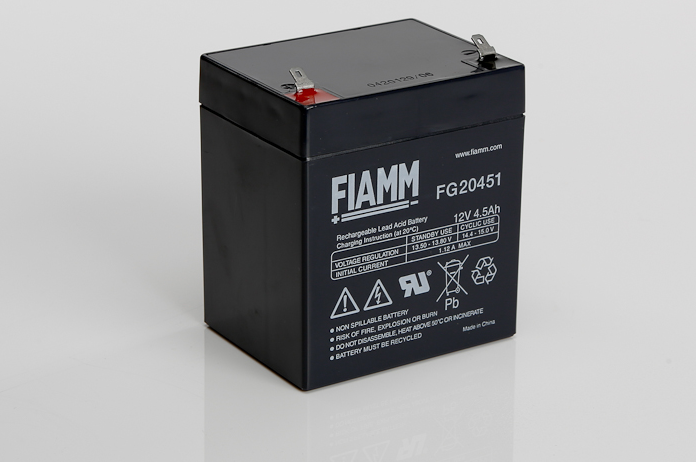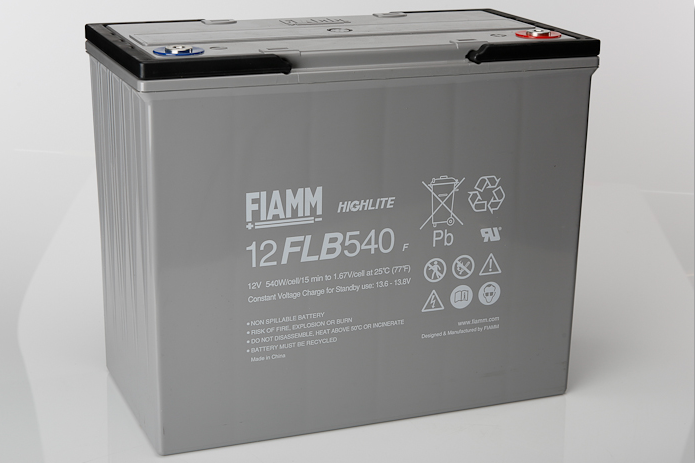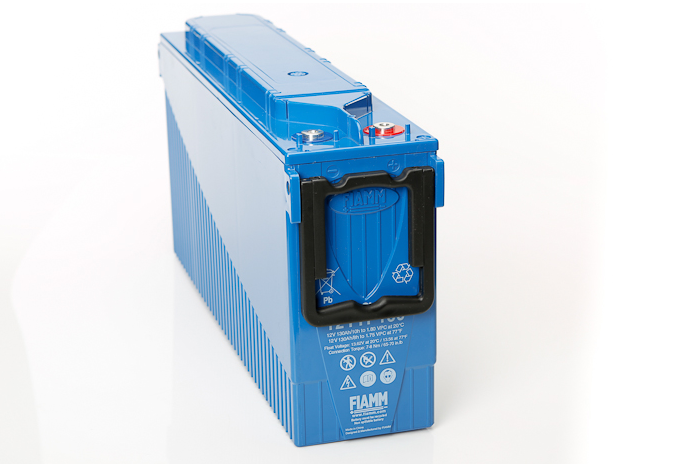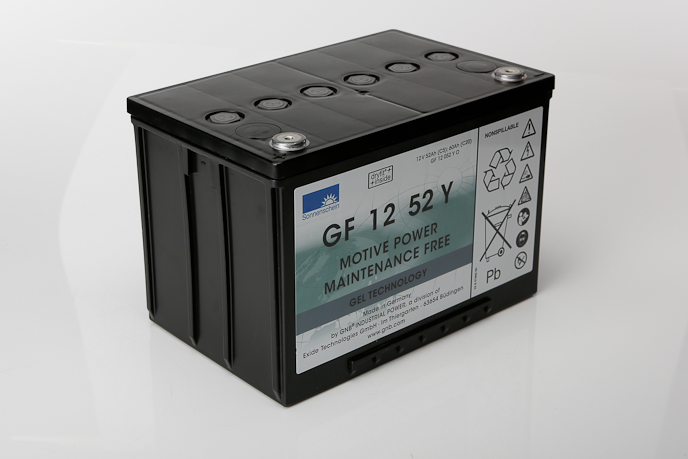A Guide to Large Rechargeable and Industrial Battery Types
Batteries are an integral part of lives. Wherever you go, and whatever you're doing, there are likely to be batteries in operation within a few feet of where you’re stranding.
Of course, there are some obvious examples, such as those in mobile phones and laptops. However, there are many other batteries that operate almost undetected, and some that provide back-up power in the event of a major failure of electricity supply. There are also many battery sizes on the market that are used to power different types of equipment.
So, with this in mind here’s a quick Blue Box Batteries guide to just some of the different types of batteries that you can purchase.
Small Sealed Lead Acid Battery
Small sealed lead acid batteries, otherwise known as an SSLA battery, usually come in 6V or 12V form. Other voltages do exist but are less common.

The SSLA battery is constructed of multiple lead plates connected together and immersed in a sulphuric acid solution. The acid is held in place against the plates via an absorbed glass mat material known as AGM. Using this process, 2V cells are formed. These cells are then connected to form battery blocks.
These batteries are for the best part sealed, with exception to a one way valve which allows gas to escape in the event of accidental overcharging. They can also be fully operated when positioned on their side.
SSLA batteries have a hugely successful design and can be found in every day equipment. Examples of this include single point emergency lighting, fire alarms, mobility scooters, desktop uninterruptible power supplies (UPS), parking meters, and a whole host of applications where a power source is required when mains electricity is not available.
PROS: Affordable technology, 100% recyclable, standard fitment sizes.
CONS: Can be heavy when compared to the equipment they are installed in, sensitive to temperatures.
Valve Regulated Lead Acid Battery
Using the same chemistry as the small sealed lead acid batteries, valve regulated lead acid batteries (VRLA) are larger than their SSLA counterparts.

These batteries are able to cope with large high current applications and are commonly found in applications such as mid to large UPS, static inverter emergency lighting, large alarm systems and telecommunications equipment.
These products come in a wide range of power ratings and various fitment sizes and can be connected in series and parallel to form a battery system to suit the particular needs of the equipment that they’re being installed into.
VRLA batteries have become the most commonly used battery type for standby equipment, providing backup power to offices, data centres and manufacturing plants in the event of power outage.
In terms of shape and size, most VRLA batteries have a top terminal arrangement with a positive and negative terminal situated on each end of the battery. However there are exceptions in the form of front terminal batteries, which originated from the telecoms industry, where batteries were required to fit a standard 19” rack system.

Front terminal batteries are very narrow, generally sized so that 4 x 12V blocs can be fitted in series to form a 48V battery string in a single row. This then fits a 19” telecoms rack, where the terminals are fitted to the narrow front end of the battery to enable connection in the system without reaching over the battery as you would do with a standard top terminal battery version.
Not only do front terminal batteries have an advantage in terms of fitment in these systems, but the placement of the terminals makes ongoing maintenance much more convenient and safe as voltage measurements can be taken quickly and simply.
Whilst originally designed for telecoms applications, the advantages of front terminal batteries are more often used today in other standby power applications too.
PROS: High current capacity, low maintenance, reliable and proven technology, 100% recyclable.
CONS: Heavy, sensitive to ambient temperatures.
Gel Battery
Gel batteries are very similar to AGM batteries as above, though the electrolyte is suspended in gel silica rather than absorbed glass matt.

Due to the nature of these batteries, when compared to AGM they can boast greater resistance to vibration, shock and temperature extremes. As a result, they can commonly be found in motorised applications, such as boats and vehicles. They are also considered superior for deep discharge applications and were originally popular for using in mobility scooters, however improvements in AGM, including cyclic capacity and affordability have made this much less so over recent years.
PROS: Deep discharge capacity, high tolerance to vibration.
CONS: Expensive, can be sensitive to overcharging.
Nickel Cadmium Battery
Nickel cadmium batteries, also known as NiCd or NiCad batteries are a popular form of rechargeable batteries and can be found in a large variety of shapes and sizes.
As implied in the name, the chemical construction of this battery consists of nickel oxide, hydroxide and metallic cadmium. These batteries are highly cyclic, providing in excess of 500 cycles and are commonly found in power tools, emergency lighting (both single point and in older inverter units). Nowadays however these are being replaced by newer technologies, such as Nickel Metal Hydride and Lithium due to their superior cyclic capacities and because they suffer less ‘memory effect’ compared to NiCad.
In terms of standby equipment, NiCad batteries were once very popular for heavy industrial use and some larger products provided a very high service life (around 20 – 25 years). However, this is now largely being phased out in favour of VRLA batteries which provide cost savings and provide a much more environmentally friendly solution against Nicad. NiCad batteries can still be found in old emergency lighting inverter units.
PROS: Long lasting, tolerates deep discharge.
CONS: Not environmentally friendly, improved technologies available for many applications.
Lithium Battery
Lithium batteries offer the benefit of good cyclic capacity together with being very light. This type of battery is normally found in low power applications, such as phones, laptops and other computer equipment. Over recent years the technology has improved and can also be found in mobility applications such as electric bikes, golfing equipment and small end mobility scooters.
The main disadvantage to using lithium batteries is that the technology is still quite expensive when compared to other solutions, though hopefully as demand continues this will improve over time.
PROS: Very light, good cyclic capacity.
CONS: Expensive, can be difficult to transport in large quantities.
More Information
Thanks for taking the time to read our guide on the different battery types. We hope you’ve learnt something and it’s proven to be useful.
Remember that batteries come in a range of different sizes, shapes and volts for a whole host of different purposes. If you do require further information then please contact Blue Box Batteries today.
Latest Headlines
Bulk Orders
Discounted prices are available for bulk orders, please contact us to discuss your requirement.